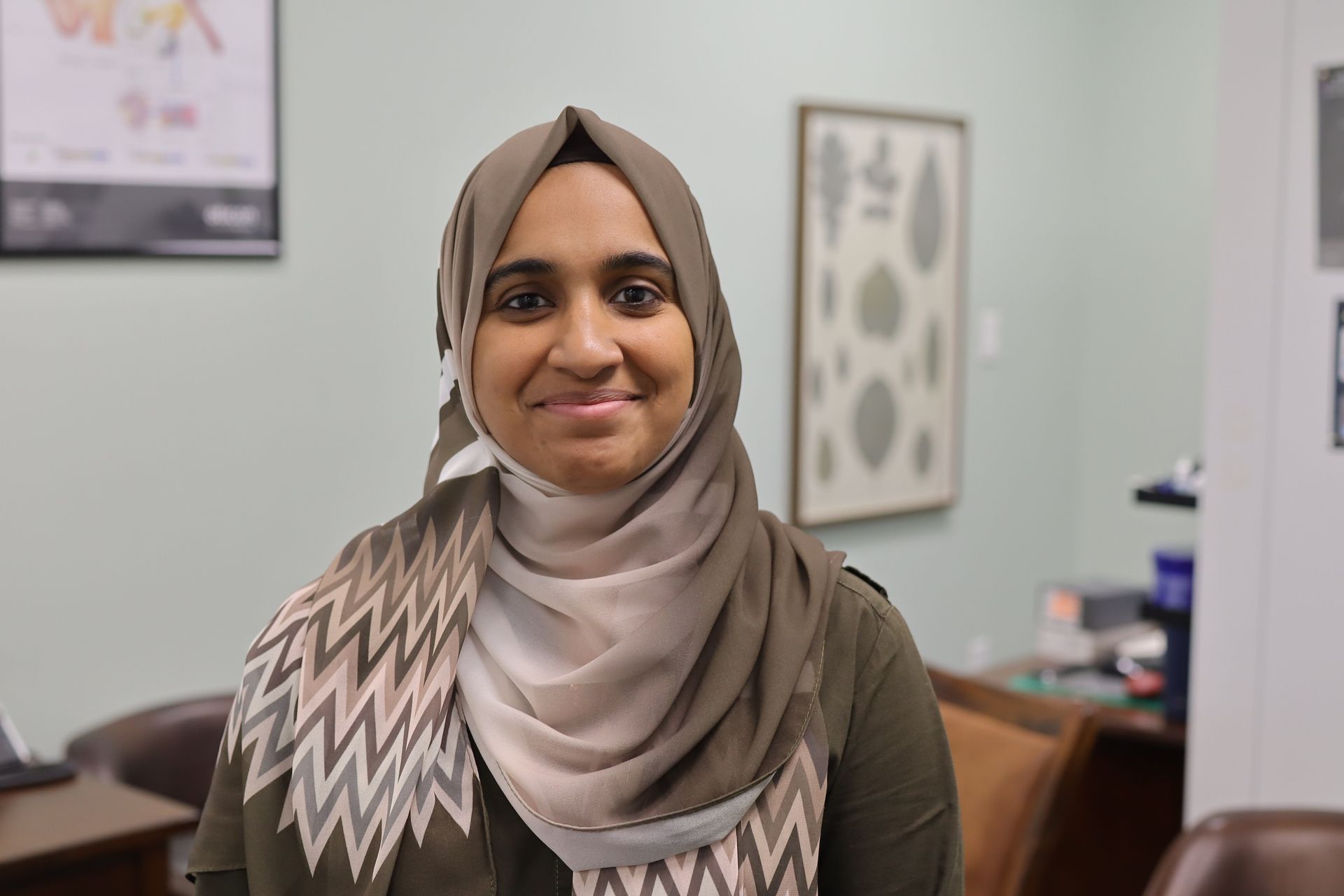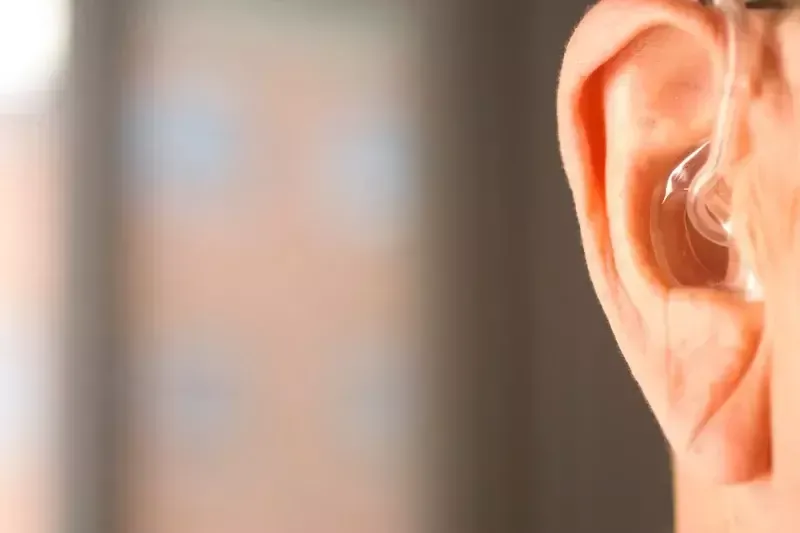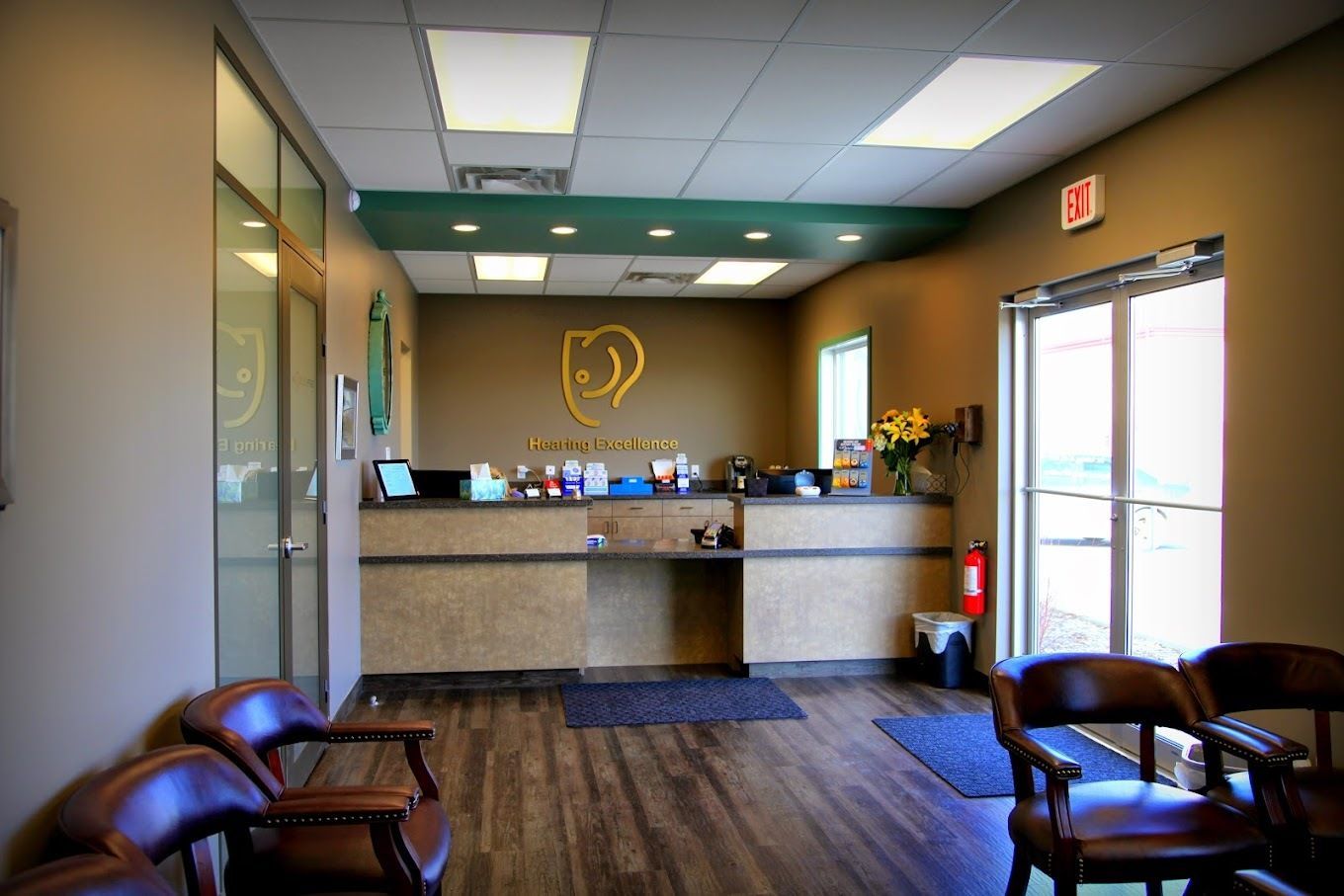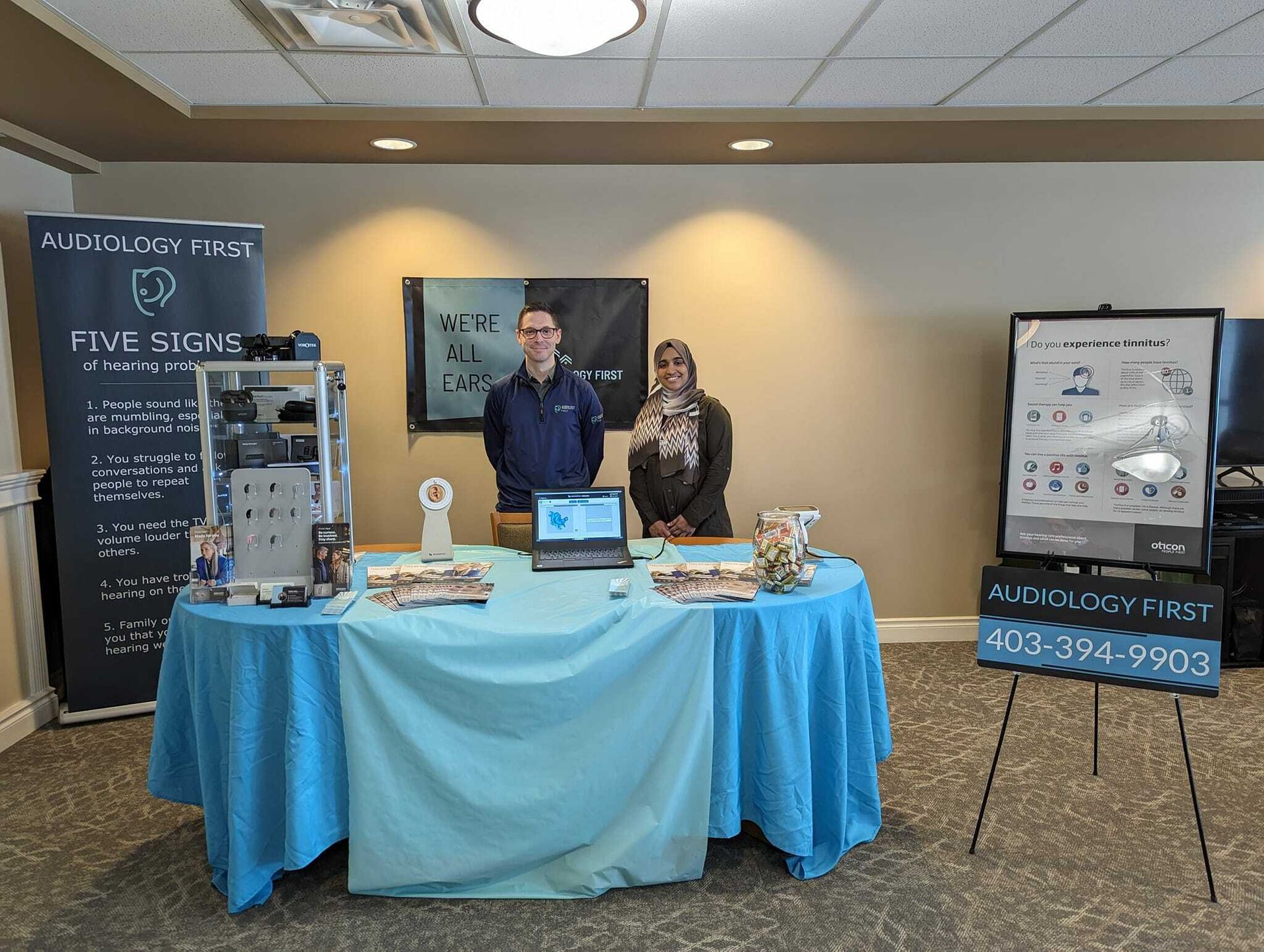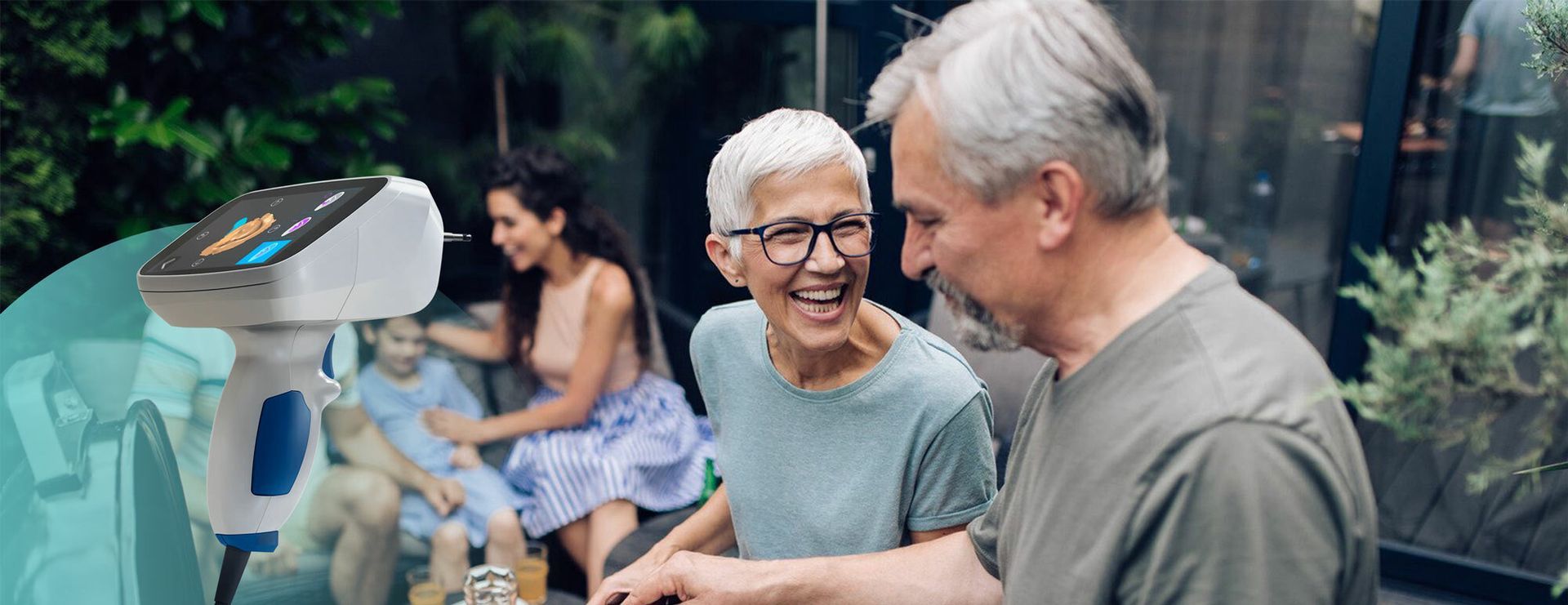Separating the Hype from Reality – What Truly Matters in Hearing Solutions
Hearing aid technology has advanced far beyond what it was in the past. The days of ear trumpets and vacuum tube transistors are all but gone (and thank goodness for that). We are in a new age of auditory care, but it’s not without its own set of problems and misconceptions.
Hearing is integral to our lives, so it’s important we get the facts straight, and find the best ways for the market to serve our individual needs. Let’s dig into what truly matters when it comes to hearing aid technology, and separate the wheat from the chaff to ensure you get the best possible value.
Understanding Hearing Loss
Hearing loss is not a one-size-fits-all diagnosis; it’s a condition that can vary widely and for a multitude of different reasons. Personalized, comprehensive hearing assessments conducted by qualified audiologists help determine the following:
- The degree to which one’s hearing is compromised
- The cause(s)
- What solutions might best serve the patient and their specific needs
Selecting the right kind of hearing aid technology rests on the quality of this professional evaluation. As the old saying goes, “If you’re not assessing, you’re guessing.”
Key Features of Modern Hearing Aids
Hearing aid technology has pushed auditory care out of the dark ages and into the light. What was once a market permeated with uncertainty and archaic mechanical trinkets—while at the same time being deemed unnecessary and/or plagued with stigma by many—has transformed itself into a field of accepted holistic care and integration with one’s natural environment.
Some of the key features that have made modern-day hearing aids more practical, accessible, and effective include:
- Wireless Connectivity: Allows for integration with smartphones and other devices for audio streaming directly through a person’s hearing aids, making the device more versatile and adaptable to different needs.
- Rechargeable Batteries: Frequent battery replacements used to be commonplace with hearing aids; this has been mitigated to a large degree through the advent of rechargeable batteries.
- Customizable Settings: The experience with hearing aids is no longer generalized, but can be tailored based on each patient’s degree of hearing loss and everyday listening environments.
Other advanced features like directional microphones (which can help focus on sounds coming from a specific direction), telecoils (which improve hearing in public places), and digital noise reduction (which minimizes background noise) have all been beneficial in the advancement of hearing aid technology.
Debunking Common Myths
You want to set realistic expectations when beginning to explore what hearing aids can do for your quality of life. There are several misconceptions out there that can lead to wishful thinking and eventual disappointment; let’s be upfront about two of the most common myths around hearing aid technology:
1. “Hearing aids restore hearing to normal.”
While hearing aids can significantly improve a person’s hearing, they do not restore it to normal. The hearing aid technology is designed to amplify sound and enhance clarity for the person using them, but they don’t replace the natural ability (and astounding wonder) that is the human ear.
2. “More expensive always means better.”
The best hearing aid for someone is not necessarily the most expensive. In fact, an experienced audiologist can often help patients save money by directing them towards a more cost-effective option that better suits their needs. New models from different manufacturers are always hitting the market to make it more competitive and personalized.
Choosing the Right Hearing Aid
Selecting the right hearing aid is dependent on a number of factors that need to be considered. These include a person’s lifestyle, the severity of hearing loss, budget, appearance of the hearing aid, fit, and overall personal preference. An experienced audiologist will help a person consider these things in concert with the options that are presently available.
A professional fitting, trial period, and ongoing support are essential parts of anyone offering hearing aid technology to patients. The audiologist should help fine-tune the hearing aid settings, provide maintenance tips, and offer advice on how to adapt to the device going forward.
The ultimate goal with hearing aid technology is the improvement of a person’s quality of life—anything less just isn’t worth the investment.
The Future of Hearing Aid Technology
Hearing aid technology is showing no signs of slowing down. Especially with the integration of artificial intelligence (AI) into more and more parts of daily life, the capabilities of hearing aids is expected to further diversify, becoming more sophisticated and further attuned to the needs of their wearers.
For example, new technology, such as what is seen in the Oticon Intent™ hearing aids, uses the brain’s natural processing patterns to help people hear better in ways that are more intuitive. They use a combination of input from your movements, the surrounding conversation and environmental ambiance to determine what you
need to hear and
want to listen to.
Anything that makes hearing aid technology more cost-effective, efficient, and user-friendly is to the benefit of those who need them most. It’s a field that will continue to evolve and rapidly change.
Conclusion
Choosing to invest in hearing aid technology can be a life-changing decision. It’s important to understand the features currently available in modern hearing aids and how they might complement your current and/or desired lifestyle. Working with a professional audiologist like the ones at Audiology First can help you do so. Book your appointment with us today: 403-394-9903
